| hat You Need to Know About Glaucoma Glaucoma is a medical condition of the eye where the optic nerve becomes damaged, and worsens over time. The buildup of pressure inside the eye, known as intraocular pressure, is the eye's inability to drain out the aqueous humor fluid properly. The optic nerve damage can lead to loss of vision and permanent blindness within a couple of years if left untreated. The two main types of the disease are open-angle glaucoma and angle-closure glaucoma. Open-angle glaucoma is the most common of the pair. In the open-angle, the eye structures appear normal, but the fluid doesn't flow properly through the drain of the eyes, known as the trabecular meshwork. The latter of the diseases, angle-closure glaucoma, is categorized by poor drainage of the eye, due to the angle between the iris and the cornea, which then becomes obstructed by the iris and results in blurred vision. There are numerous ways in which the eye disease may be treated. The treatments are prescription eye drops for less severe problems, microsurgery to thoroughly drain out the fluid of the eye, or through various laser surgery procedures. Editor's note - Please consult your physician if you are suffering from any of the symptoms listed below, or if you have a history of glaucoma in your family. It's important to have a complete eye exam to minimize the risks at an early stage. External Causes:
Symptoms
People at Most Risk:
7 Preventative Measures Against Glaucoma: 1) Healthy Diet - Maintaining a healthy diet is essential for preventing diseases of all sorts. Green leafy vegetables are high in chlorophyll, which is a vital component that improves vision and protects against glaucoma. Make sure you add spinach, kale, beetroot, and carrots, to your salad and dietary intake. The omega-3 fatty acids of cold water fish are also beneficial for healthy eyesight. 2) Eye Exercises - You can practice from a wide assortment of eye exercises to maintain optimal vision. Eye exercises prevent strain and sharpen concentration. Here are a few exercises you can perform at home:
3) Sunning and Palming - The Bates Method of sunning and palming, helps flex and reactivate the lens of the eye. Here's how to perform each technique:
4) Wild Asparagus - You might not have d asparagus when you were young, but you will certainly appreciate the benefits this spring vegetable has for maintaining healthy vision. Eating a few sticks of asparagus can help prevent such eye disorders as glaucoma and cataracts. Here is an interesting recipe you can prepare:
5) Ginkgo Biloba - The Chinese have relied on the Ginkgo Biloba for over 5,000 years to treat a variety of medical conditions. Ginkgo Biloba affects ocular blood flow and protects the optic nerve from damages. It is also used to improve memory, relieve stress and even help treat Alzheimer's disease. Take 120-mg standardized capsules once a day, or in two to three divided doses. Make sure you consult your doctor before taking any Ginko Biloba capsules. 6) Bilberry - This powerful bilberry herb is ideal for treating night blindness and protecting against macular degeneration of the eye. It contains a chemical called anthocyanoside, which supplies the bloodstream with anti-inflammatory properties. Eat a 1/2 cup of them per day, or in supplement form as an alternative. Take 160 mg of bilberry extract (with 25 percent anthocyanidin) twice daily, or several times per week. Consult your doctor beforehand if you are planning to take the herb in capsule form. 7) Almonds - Almonds are a great snack alternative to sugary candy bars and potato chips, high in sodium. They help improve vision with the powerful omega-3 fatty acid components, and provide you with a much-needed boost of energy during the day. A handful of almonds can increase brain function and even save you from fatigue. Try this quick and easy almond paste recipe:
Extra Bonus Tips:
|
__._,_.___
Posted by: Cool Kis <cooolkis@gmail.com>
| Reply via web post | • | Reply to sender | • | Reply to group | • | Start a New Topic | • | Messages in this topic (1) |
KERALITES - A moderated eGroup exclusively for Keralites...
To subscribe send a mail to Keralites-subscribe@yahoogroups.com.
Send your posts to Keralites@yahoogroups.com.
Send your suggestions to Keralites-owner@yahoogroups.com.
To unsubscribe send a mail to Keralites-unsubscribe@yahoogroups.com.
Homepage: http://www.keralites.net
To subscribe send a mail to Keralites-subscribe@yahoogroups.com.
Send your posts to Keralites@yahoogroups.com.
Send your suggestions to Keralites-owner@yahoogroups.com.
To unsubscribe send a mail to Keralites-unsubscribe@yahoogroups.com.
Homepage: http://www.keralites.net
.
__,_._,___
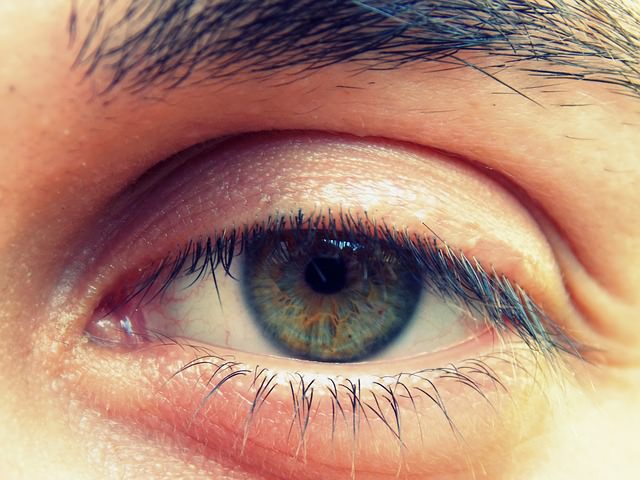
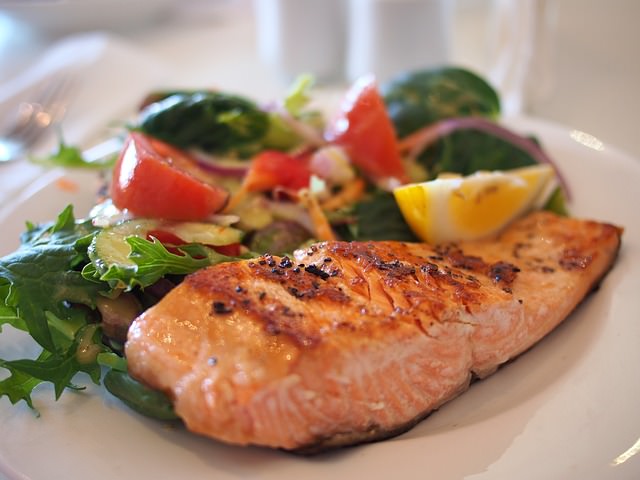
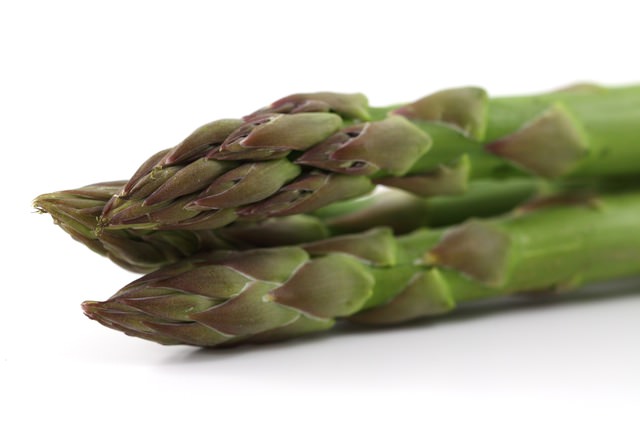

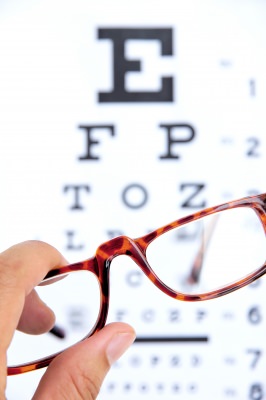
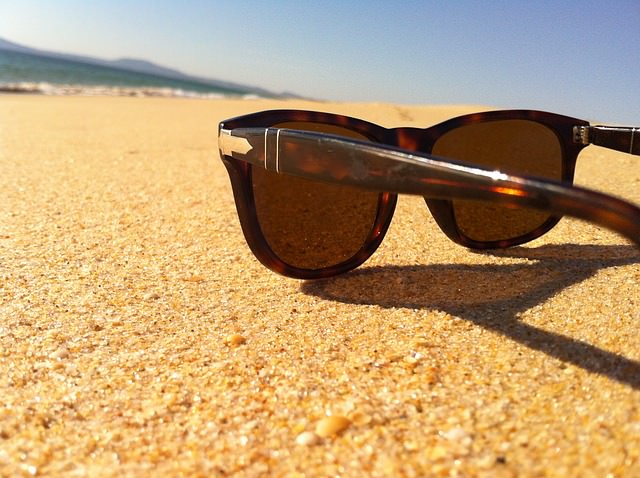







No comments:
Post a Comment